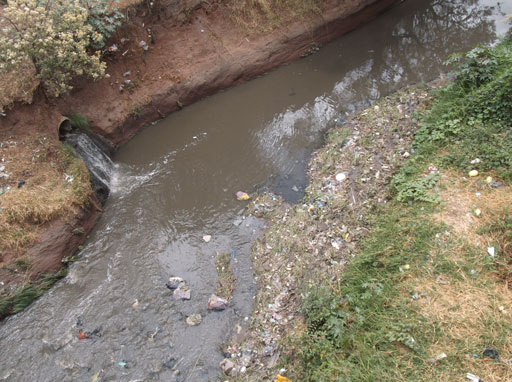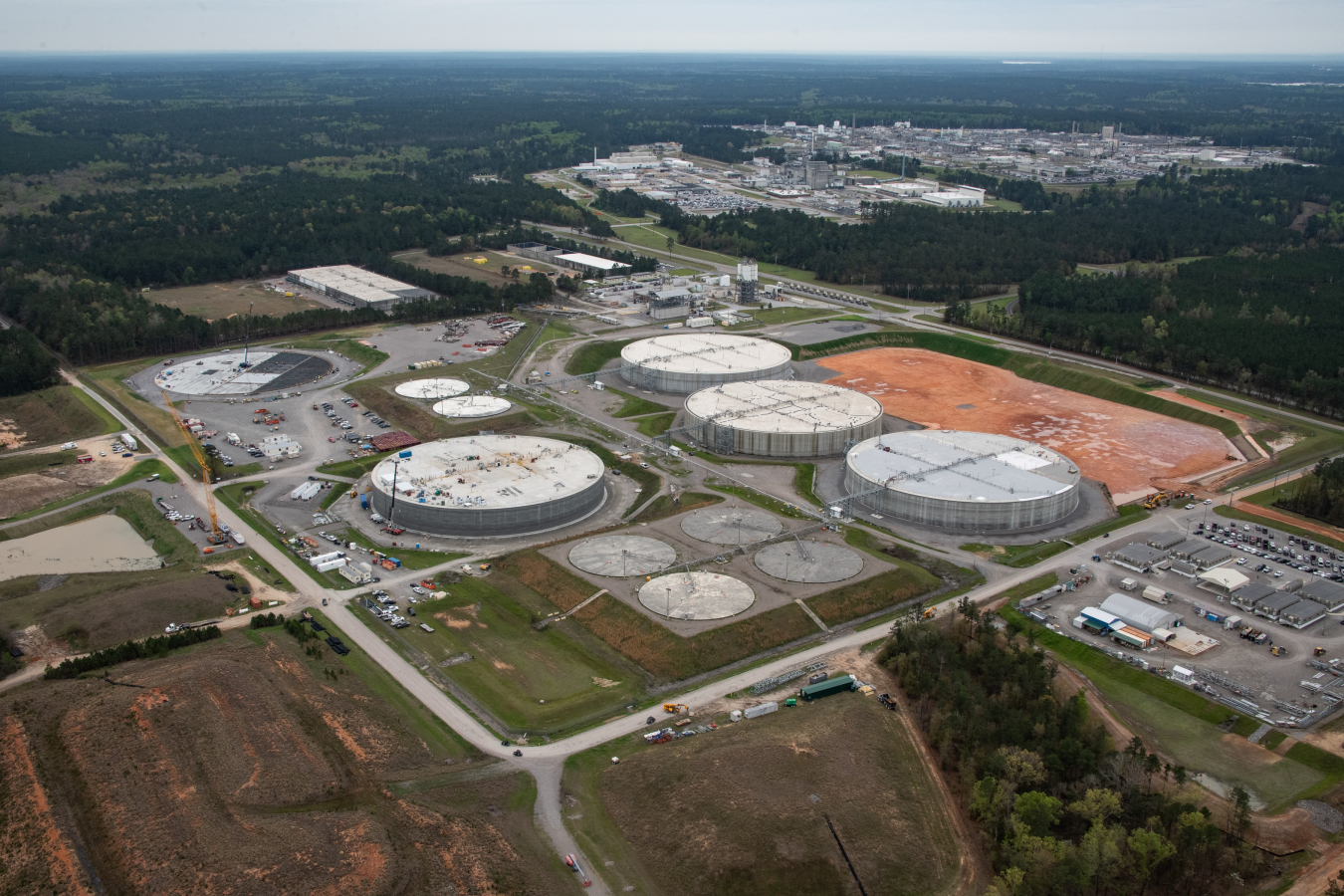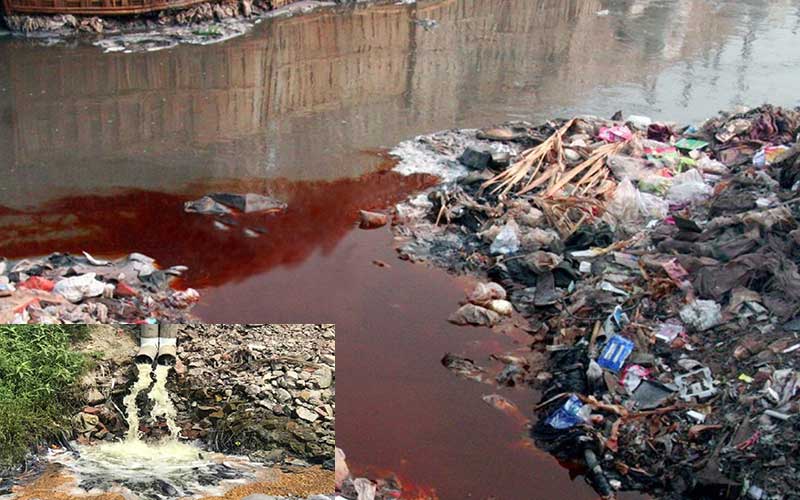Comprehensive Liquid Waste Disposal: Solutions for Houses and Companies
Comprehensive Liquid Waste Disposal: Solutions for Houses and Companies
Blog Article
Just How Liquid Waste Disposal Works: A Detailed Overview of Strategies and Technologies Used

Introduction of Fluid Waste Kind
The intricacy of fluid waste types necessitates a thorough understanding of their features and effects for disposal. Liquid waste can broadly be classified into several kinds, consisting of commercial, municipal, farming, and hazardous waste. Each category shows distinct homes, requiring details management methods to minimize environmental and health risks.
Industrial liquid waste stems from making processes and frequently consists of a variety of contaminants, such as hefty steels, solvents, and organic substances. Municipal fluid waste, primarily consisting of wastewater from households and commercial facilities, includes raw material, nutrients, and microorganisms (industrial wastewater treatment). Agricultural fluid waste, consisting of runoff from farms, might consist of fertilizers, chemicals, and pet waste, positioning dangers to water top quality and environments
Hazardous liquid waste is identified by its toxicity, reactivity, or potential to trigger damage. This category consists of materials like acids, bases, and particular chemicals that demand strict handling and disposal methods. Recognizing these diverse fluid waste kinds is important for establishing efficient disposal methods and ensuring conformity with environmental regulations. Appropriate classification and characterization are essential for implementing appropriate therapy strategies and reducing the adverse impacts on public wellness and the atmosphere.
Physical Treatment Approaches

Screening is the preliminary action, where bigger bits and debris are gotten rid of from the fluid waste utilizing screens or grates. In sedimentation tanks, heavier bits resolve at the base, forming a sludge layer, while the clarified fluid can be further treated.
Purification is one more necessary approach that includes passing the liquid via porous materials, such as sand or membrane layers, to catch smaller fragments. This action enhances the quality of the fluid, making it appropriate for succeeding treatment processes.

Chemical Treatment Techniques
Chemical therapy methods are important for efficiently managing liquid waste, particularly in attending to dissolved and colloidal impurities that physical approaches may not adequately remove. These techniques utilize different chemical agents to counteract, precipitate, or transform unsafe compounds right into less harmful kinds.
One common technique is coagulation and flocculation, where chemicals such as alum or ferric chloride are contributed to advertise More Info the aggregation of suspended fragments. This procedure boosts sedimentation, enabling for less complicated removal of the resulting sludge. Furthermore, oxidation procedures, employing agents like chlorine or ozone, are used to damage down complex natural compounds and virus, rendering the waste safer for discharge or further treatment.
Neutralization is one more vital strategy, which readjusts the pH of acidic or alkaline waste streams to neutral degrees, avoiding potential damage to downstream systems and the environment. Additionally, progressed oxidation processes (AOPs) utilize mixes of oxidants and ultraviolet light to break down consistent pollutants, achieving a higher degree of therapy efficiency.
Biological Treatment Processes
Biological therapy processes play an important role in the management of fluid waste by utilizing microbes to decompose raw material and decrease impurity levels. These processes can be broadly categorized into anaerobic and cardiovascular therapies, each employing specific microbial neighborhoods to achieve reliable waste degradation.
Aerobic therapy involves using oxygen to help with the failure of natural products by bacteria. This process is typically applied in activated sludge systems, where aeration containers offer a conducive atmosphere for microbial growth, resulting in the oxidation of natural toxins. The resultant biomass can be separated from dealt with effluent with sedimentation.
On the other hand, anaerobic therapy happens in the lack of oxygen, depending on various germs to damage down natural issue. This technique is specifically helpful for high-strength waste, as it produces biogas, a renewable resource resource, while minimizing sludge production. Technologies such as anaerobic digesters are regularly employed in municipal and industrial applications.
Both anaerobic and aerobic organic therapies not just minimize the ecological impact of liquid waste however also assist in source recovery, making them important parts of lasting waste monitoring approaches. Their effectiveness, flexibility, and effectiveness support their widespread execution throughout various fields.
Arising Technologies in Disposal
Cutting-edge techniques to liquid garbage disposal are rapidly progressing, driven by improvements in modern technology and a raising focus on sustainability. Amongst these arising modern technologies, membrane layer bioreactors (MBRs) have acquired grip for their ability to combine biological treatment with membrane purification, causing high-quality effluent that can be reused in different applications. MBRs enable smaller sized impacts and extra effective operations contrasted to traditional systems.
One more appealing advancement is the use of anaerobic food digestion incorporated with nutrient recuperation modern technologies, which not just treats liquid waste yet likewise produces biogas and recuperates valuable nutrients like nitrogen and phosphorus. This twin advantage boosts source performance and decreases environmental impact.
Furthermore, advanced oxidation processes (AOPs) are being adopted for the deterioration of intricate organic pollutants. These approaches use powerful oxidants and catalysts to damage down contaminants at the molecular level, providing an extremely reliable remedy for tough waste streams.
Furthermore, the integration of fabricated knowledge and artificial intelligence in waste administration systems is optimizing operational performance and anticipating upkeep, resulting in minimized prices and enhanced environmental compliance. These innovations reflect a significant shift in the direction of even more lasting and reliable liquid garbage disposal techniques.
Conclusion
In verdict, efficient fluid waste disposal necessitates a comprehensive understanding of different strategies our website and innovations. By continually advancing these methodologies, it ends up being feasible to attend to the expanding difficulties associated with fluid waste, eventually adding to ecological security and source recovery.
Liquid waste disposal is a vital aspect of ecological management, requiring a thorough understanding of different techniques and innovations tailored to different waste types. Fluid waste can broadly be categorized right into numerous kinds, consisting of industrial, local, farming, and dangerous waste. Agricultural liquid waste, consisting of runoff from farms, might have plant foods, pesticides, and animal waste, presenting risks to water top quality and communities.
Various physical treatment techniques play a vital function in taking care of fluid waste properly - industrial wastewater treatment.In final thought, efficient liquid waste disposal demands a thorough understanding weblink of various methods and modern technologies
Report this page